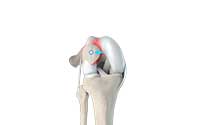The patella, or kneecap, is a sesamoid bone that lies between the quadriceps tendon and patellar tendon and forms part of the knee joint and is situated in front of the lower end of femur about 1 cm above the knee joint. The patella presents a critical component of leg function that transmits the force from the quadriceps to the lower leg during leg motion. The undersurface of the patella is v-shaped and forms a joint surface with a grove in the front of the femur called trochlea. The forces generated in the patellofemoral joint surface can be very high and reach up to 20x body weight with high-impact running and jumping activities. For this reason, the articular cartilage of the patella is the thickest in the body to allow absorption of these significant activity-related forces. The function of the patella can be affected in many ways and can result in pain either acutely from an injury or chronically from abnormal knee anatomy or overuse. If the patella sits higher, it is called patella alta and if it is lower, it is called patella baja.
The quadriceps muscle typically pulls the patella obliquely and laterally in relation to the femur. Several factors prevent displacement of the kneecap including anatomic factors such as a larger lateral femoral condyle or, biomechanical factors such as tension in the medial and lateral retinaculum and medial patellofemoral ligament as well as the dynamic direction of the quadriceps muscle pull. There is a natural tendency in patella to move laterally because of outward angulation of between femur and tibia. This is prevented by the lateral edge of the patellar articular surface being deeper than the medial edge. In addition, the medial quadriceps inserts a little lower than lateral muscle portion and keeps the dynamical balance. A disturbance in bony anatomy, soft tissue and ligamantous attachments, or dynamic muscular balance can result in abnormalities of patella function and resultant knee pain and/or patella instability. Some of the patellofemoral conditions and procedures include:
Patella Instability
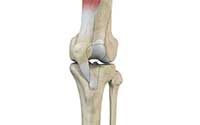
Any damage to the supporting ligaments may cause the patella to slip out of the groove either partially (subluxation) or completely (dislocation). This misalignment can damage the underlying soft structures such as muscles and ligaments that hold the kneecap in place.
Patella Dislocation
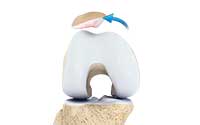
Patellar dislocation occurs when the patella moves out of the patellofemoral groove, (trochlea) onto the bony head of the femur.
Osteochondritis Dissecans
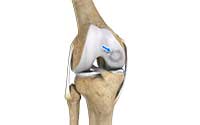
Any damage to the supporting ligaments may cause the patella to slip out of the groove either partially (subluxation) or completely (dislocation). This misalignment can damage the underlying soft structures such as muscles and ligaments that hold the kneecap in place.
Cartilage Injury of the Patella (Chondromalacia Patella)
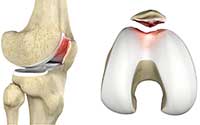
Chondromalacia patella is a common condition characterized by softening, weakening and damage of the cartilage. The condition is most often seen in young athletes and older adults who have arthritis of the knee. It especially occurs in women.
Medial Patellofemoral Ligament Reconstruction
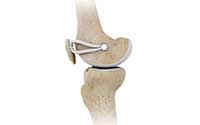
The medial patellofemoral ligament is a band of tissue that extends from the femoral medial epicondyle to the superior aspect of the patella.
Distal Realignment Procedures
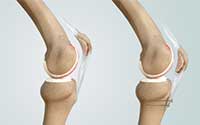
Distal realignment procedures, also known as tibial tubercle transfer (TTT) procedures, are performed to reposition the kneecap after subluxation or dislocation by realigning the tendon under the kneecap to the underlying tibial tubercle.
Tibial Tubercle Osteotomy
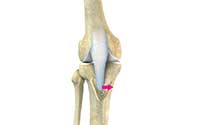
Tibial tubercle osteotomy is a surgical procedure that is performed along with other procedures to treat patellar instability, patellofemoral pain, and osteoarthritis.






